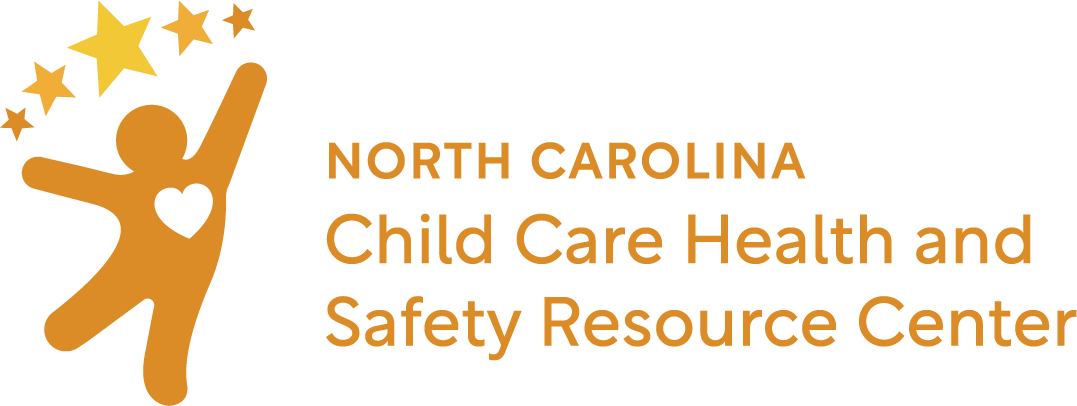Reportable diseases and conditions
Requirement for early care and education programs to report certain diseases
Certain communicable diseases must be reported because they are considered dangerous to public health. The North Carolina Communicable Disease rules require early care and education programs to notify cases or suspected cases of reportable diseases to the local health director of the county or district in which the program is located or their designated representative. The list of reportable diseases is defined by Communicable Disease Control rule 10A NCAC 41A .0101.
The reporting process may differ from county to county. Contact the Child Care Health Consultant in your community or the local health department (LHD) for more information. Reporting should occur as soon as possible after the disease is suspected or confirmed.
When reporting a communicable disease to the local health department (LHD), have as much of the following information available as possible:
- full name, birthdate, county of residence, and contact information of person with communicable disease
- name and contact information of parent or legal guardian (for a child)
- name of communicable disease, and when symptoms started, or diagnosis was made
- staff schedules and attendance records to determine other people who may have been exposed.
In the charts below, click on the name of the disease or condition to visit the corresponding page on the Centers for Disease Control and Prevention.
